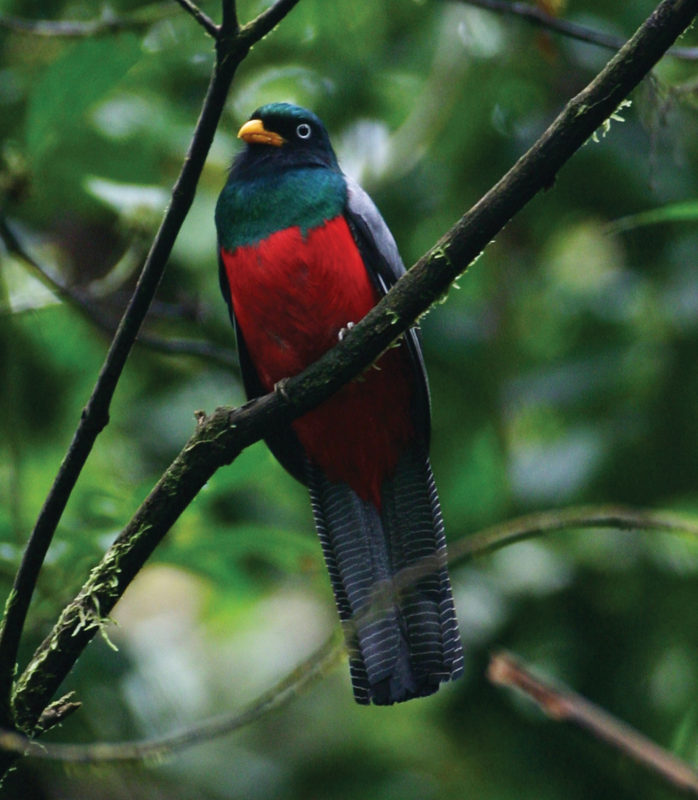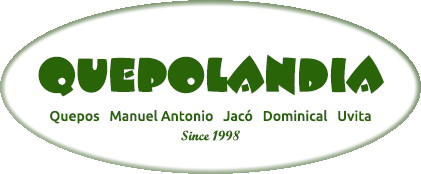Let’s Talk About Trogons

The fossil record of the Trogons dates back 49 million years to the Early Eocene. They are closely related to Mousebirds and Owls. The word trogon is Greek for “nibbling” and refers to the fact that these birds gnaw holes in trees to make their nests.
Trogons are residents of tropical forests worldwide. The greatest diversity is in the Neotropics. They feed on insects and fruit, and their broad bills and weak legs reflect their diet and arboreal habits. Although their flight is fast, they are reluctant to fly any distance. Trogons are generally not migratory, although some species undertake partial local movements. Trogons have soft, often colourful, feathers with distinctive male and female plumage. They are the only type of animal with a heterodactyl toe arrangement (inner toes face front, outer toes face back). They nest in holes dug into trees or termite nests, laying 2–4 white or pastel-coloured eggs.
